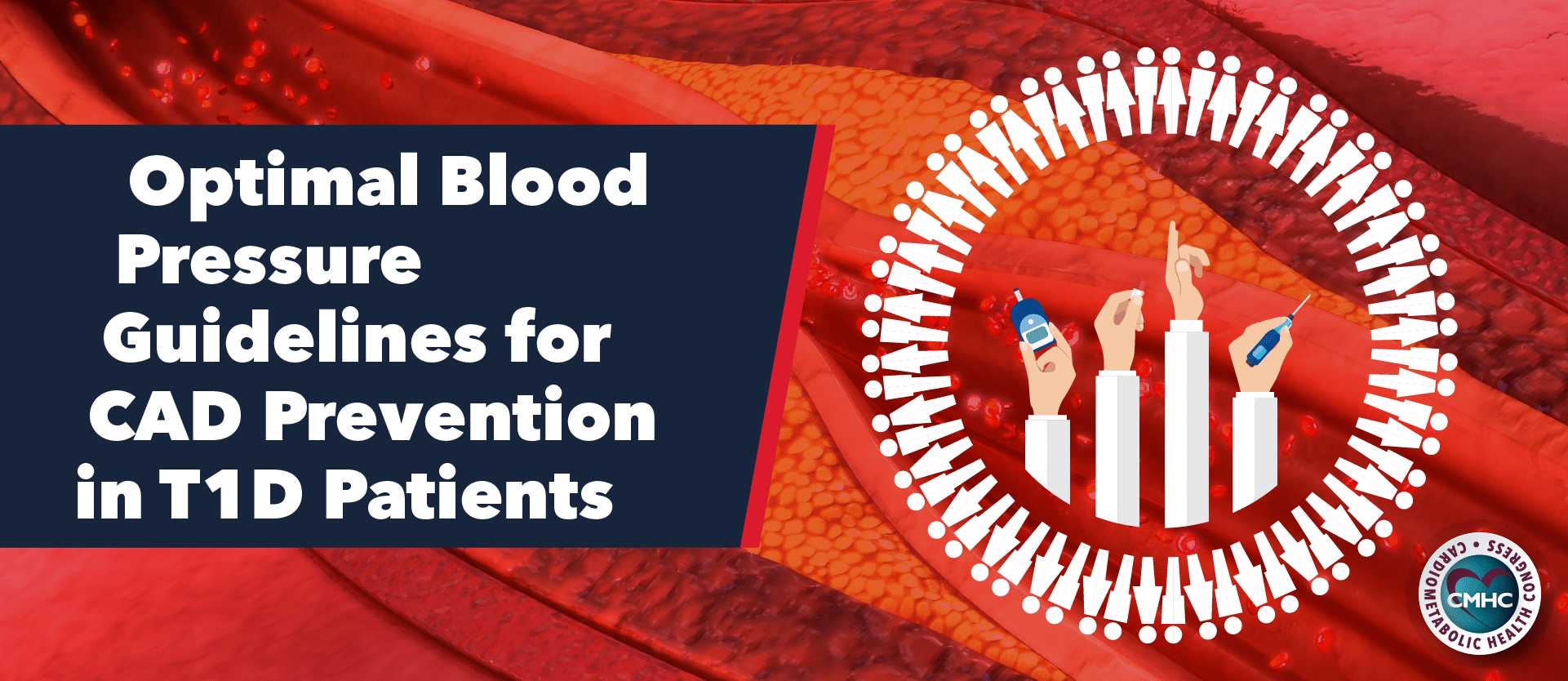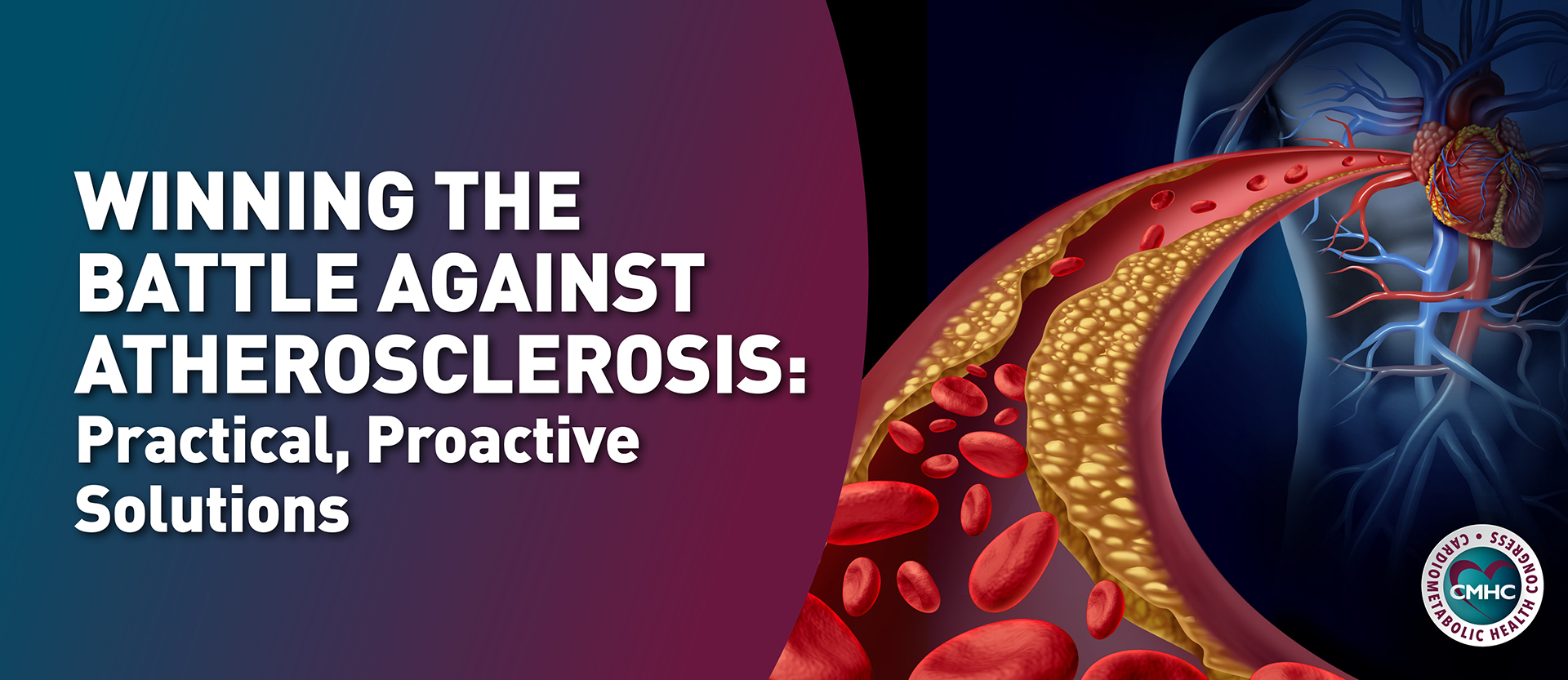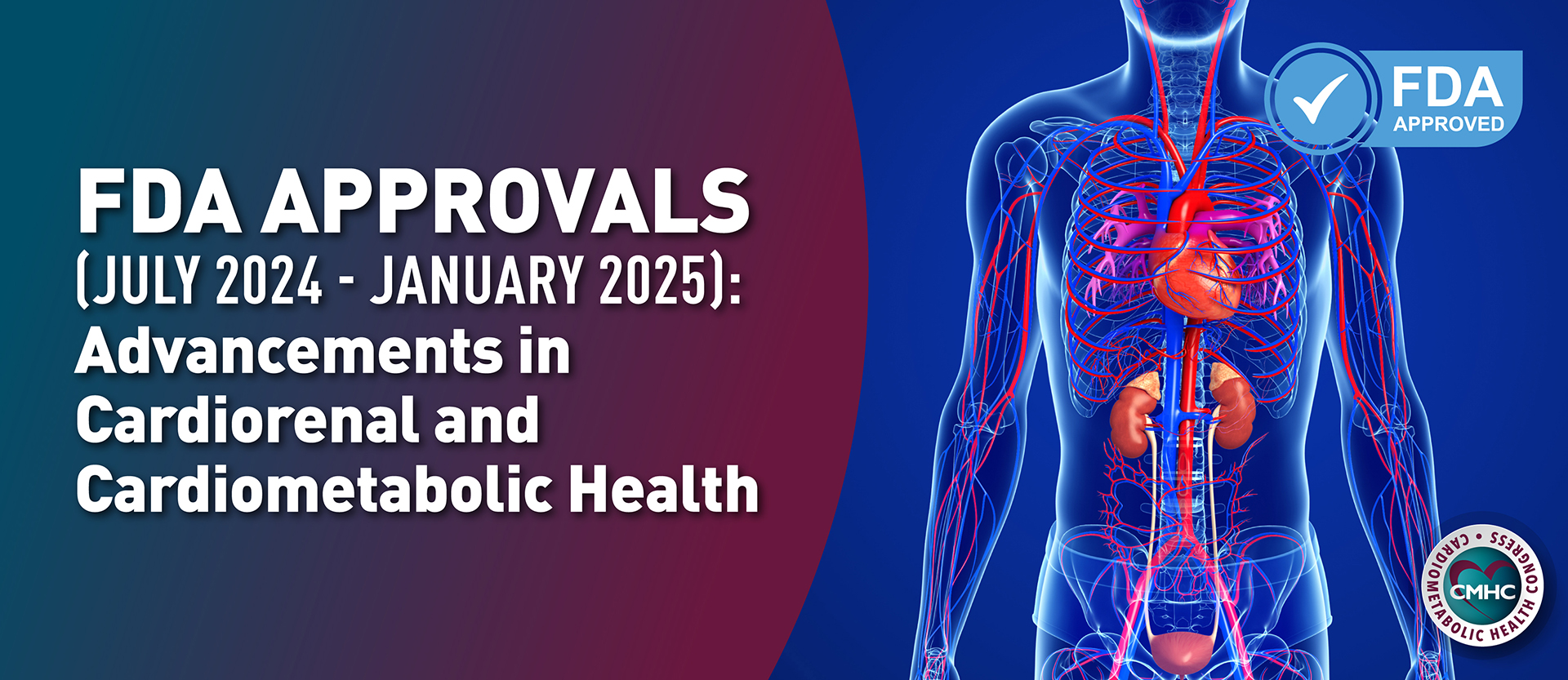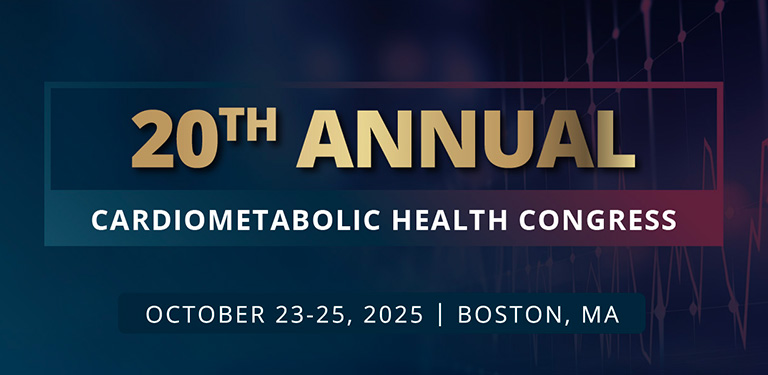Hypertension is a major risk factor for cardiometabolic disease and is common among the American population with nearly 1 in 3 adults suffering from high blood pressure. The proportion increases in adults with either type 1 or 2 diabetes – 2 out 3 patients report having high blood pressure or taking BP-lowering prescription medications. Current American Heart Association (AHA) guidelines define hypertension stage 1 as a sustained blood pressure reading of over 130/80 mm Hg and over 140/99 mm Hg for stage 2, increasing the number of diagnosed hypertensive patients.
Blood Pressure Guidelines for Patients with Diabetes
Despite the updated guidelines, the American Diabetes Association (ADA) currently recommends a blood pressure goal of 140/90 mm Hg for diabetic patients with low heart disease risk and 130/80 mm Hg for individuals at higher risk or those with existing heart disease. As the AHA guidelines advise lower targets – especially for patients with comorbidities – and earlier pharmacologic intervention, the ADA BP goals may prove to be too high for cardiovascular risk prevention.
According to recent findings presented at the American Diabetes Association Scientific Sessions, patients with youth-onset type 1 diabetes (T1D) may face a significantly greater risk for coronary artery disease at such BP targets. Research from the University of Pittsburgh found that a blood pressure reading of over 120/80 mm Hg combined with HbA1c of more than 8% increased the risk of CAD three-fold in patients with type 1 diabetes developed during childhood compared with those with lower readings.
Determining Optimal Blood Pressure Goals for Cardiovascular Health
Noticing a lack of clinical trial data available to inform blood pressure guidelines in young adults with type 1 diabetes, Dr. Jingchuan Guo and colleagues aimed to determine optimal BP goals for reducing CAD risk in adults with childhood-onset type 1 diabetes. For the analysis, researchers evaluated 605 individuals (mean age:27 years) with youth-onset T1D from the Pittsburgh Epidemiology of Diabetes Complications study. Participants did not have CAD at baseline and were followed for 25 years with biennial surveys and examinations.
The associations of time-updated cumulative (mmHg-year) and time-weighted (mmHg) BP measures (systolic and diastolic), and mean artery pressure with the incidence of CAD were analyzed using Cox hazard models. Risk stratification calculations were performed based on time-weighted BP and time-weighted HbA1c. After statistical analysis, researchers determined that the optimal targets for blood pressure for minimizing CAD risk in the cohort was 120/80 mm Hg. Study participants with a higher BP reading were 1.9 times more likely to develop CAD than those with lower measures.
Compared with participants who had good BP (<120/80 mm Hg) and HbA1c (<8%), individuals with only high BP measures carried a similar risk to those with only high HbA1C levels. Those who had both a BP over 120/80 mm Hg and HbA1c measure over 8% were 3.1 times more likely to develop coronary artery disease, compared with those who had lower measures of both.
Despite the lack of direct randomized trial data, Dr. Guo’s findings support the need for revised blood pressure goals – especially in the case of young adults with type 1 diabetes. The ADA’s current guidelines of 140/90 mm Hg may put such patients at a 3 times greater risk of developing coronary artery disease, while also increasing the risk of other cardiovascular complications. Alongside lowering blood pressure, emphasis should also be placed on maintaining good glycemic control in these individuals. To further reduce these risks, young T1D patients should be closely monitored; their risk factors should be assessed annually and any modifiable abnormal factors should be treated.








